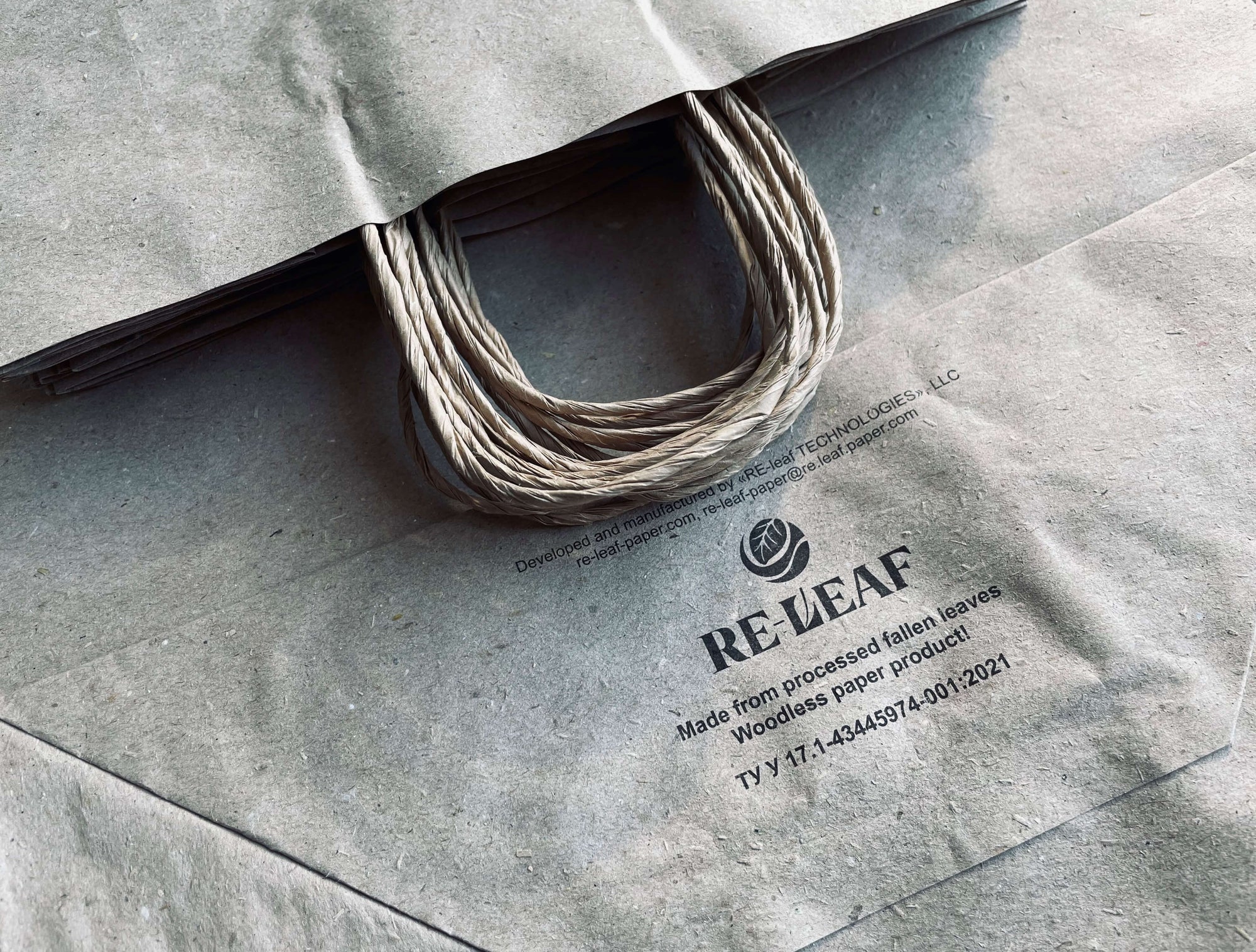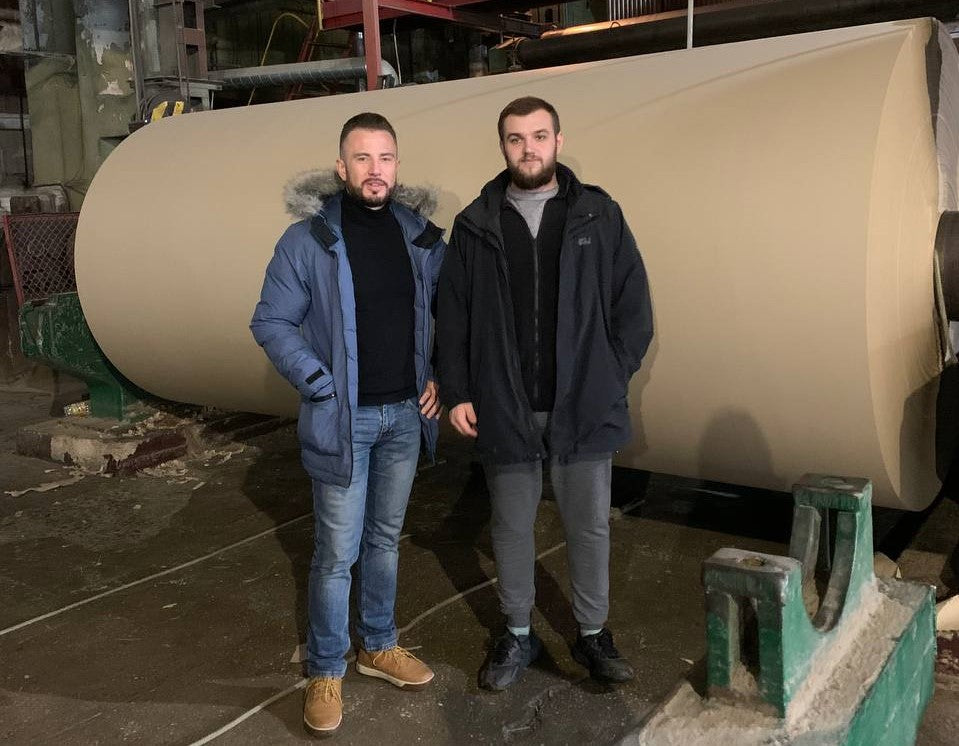We know a lot of cases when good intentions lead to environmental problems. Our society is revealing greenwashing and that also makes the lack of trust deeper. Releaf paper is made from leaves and though the idea looks sustainable at first sight, still we’re bombed with questions about ecological issues of this way of production. So we gathered the numbers and some scientific evidence, that proves the idea that leaves are much better than trees to produce paper.
The global impact of Releaf paper production is best seen in numbers:
- 17 trees per each 1 ton of cellulose made from fallen leaves are saved
- 3t leaves per each 1 ton of cellulose are used instead of being burned or rotten
- 78% CO2 emission less compared to traditional wood-based paper production
- 36% CO2 emission less compared to waste production
- 15 times less water use compared to conventional wood-based paper production
- 3 times less electricity use compared to traditional wood-based paper production

The most frequently asked question is: why shouldn’t we leave leaves in their places as they are part of the ecosystem? And we’re glad that society is responding to environmental issues, this discussion, like many others, is an opportunity to dispel more myths that revolve around the topic of urban leaf recycling. The uniqueness and demand of Releaf technology have been confirmed in the scientific community and supported by the European Commission, the World Wildlife Fund, Google, Canopy planet, and others.
As a company with global goals and strong values, we cannot help but respond to such claims by dispelling myths about the use of urban leaves.
Firstly, the Releaf company positions itself everywhere as a producer of sustainable paper packaging, which is produced from bio-waste generated in cities. We emphasize bio-waste since cities are an urban ecosystem that has the structure of an artificial biogeocenosis, which is not able to self-regulate, since the processes of circulation are different from the forest, natural biogeocenosis (parks are usually represented by monocultures, the grass is cut, mycorrhiza is poorly developed, high concentration of salts).
Secondly, we have never worked, do not work, and will not work with leaves that can be collected from forests, because it violates the integrity of the forest ecosystem, it does not make sense and there are no existing tools that could ensure this. To minimize CO2, we approach the logistics processes of raw materials with responsibility, so the city is the main target. In addition to cities, we work with plantations of walnut, grapes, etc., which is also an artificial biogeocenosis.
Thirdly, if there was no leaf disposal problem, there would be no Releaf. The primary purpose of creating the project is to solve the problem of recycling city leaves, which every year brings inconvenience to the city infrastructure: clogged drains (when leaves are washed away into storm drains they release nitrogen and phosphorus, which act like pollutants, contributing to harmful algal blooms, dead zones in waterways, and fish kills), tram tracks, burning, unpleasant smell from rotting, high financial costs for the disposal of hundreds of thousands of tons (sometimes 70 EUR for 1 a ton, which is taxpayers' money).
Fourth, composting is not a solution! The yield of methane is low, the mixture of gases is difficult to segregate, and the amount of CO2 absorbed does not correspond to the amount of CO2 emitted. The content of salts of potassium, sodium, magnesium, chlorine, copper, etc., depending on the place of collection, is very different, so it is difficult to control the quality and purity of biohumus. The volumes are too large to be composted even at the 50% level. It is expensive. It's too long.
Fifth, the approach to the disposal of leaves in cities is very different and the practices found in cities include free rotting, burning, composting, dumping in collectors, removal outside the cities, in the same plastic bags (Finnish practice includes the use of paper bags), etc. Each of the solutions has vulnerable areas and a lack of economic feasibility. Our practice includes integration into the existing infrastructure, where we are the guarantor of sustainable handling of leaves because the city will not stop collecting them!
Sixth, leaves consist of cellulose, hemicellulose, lignin, etc. After all, we extract only the cellulose from the leaves, which in any case is not of much importance to trees after decomposition, as it will decompose to the level of CO2 and water, unlike lignin and other complex molecules, which are a source of magnesium, potassium and other trace elements for feeding trees, grass, etc. Our practice includes flotation of lignin and hemicellulose with subsequent thickening and returning as biofertilizer (=easily digestible biohumus to the same cities).
Weighing all the pros and cons, the leaf recycling procedure developed by us was better than millions of cut-down trees in primeval forests!



